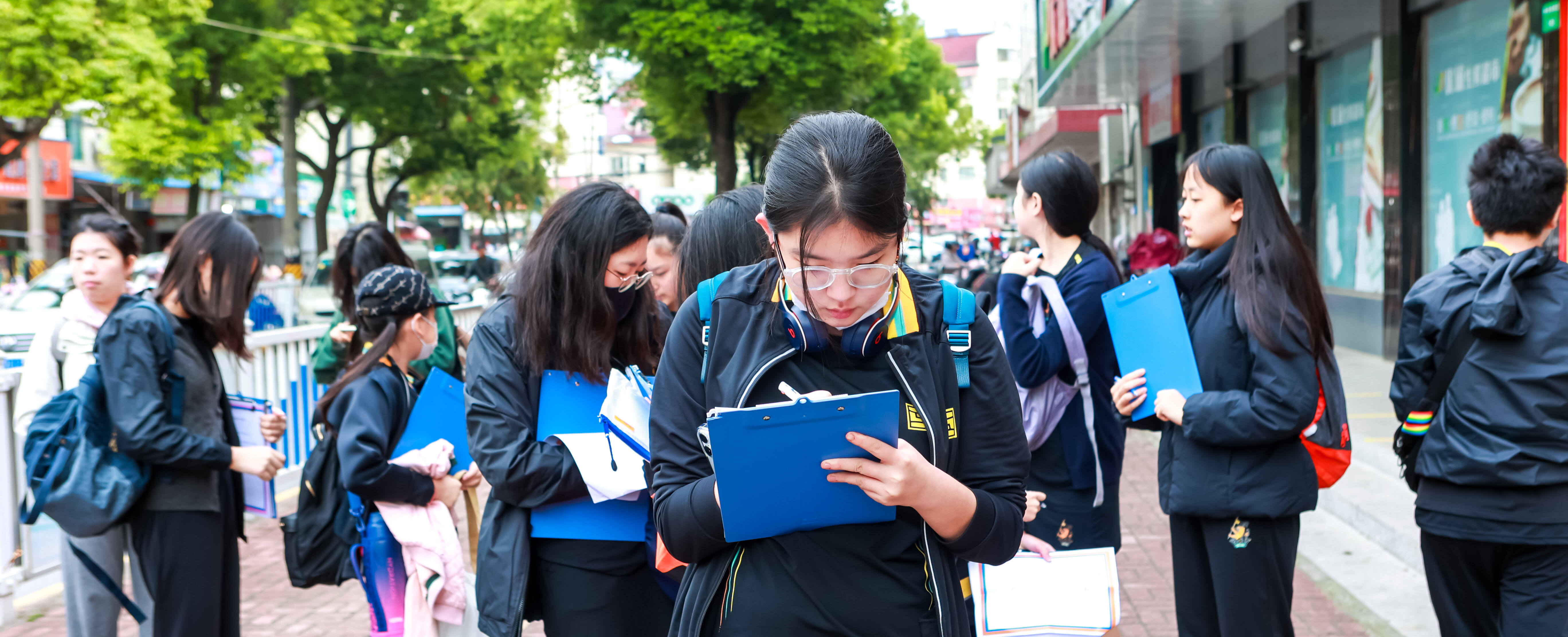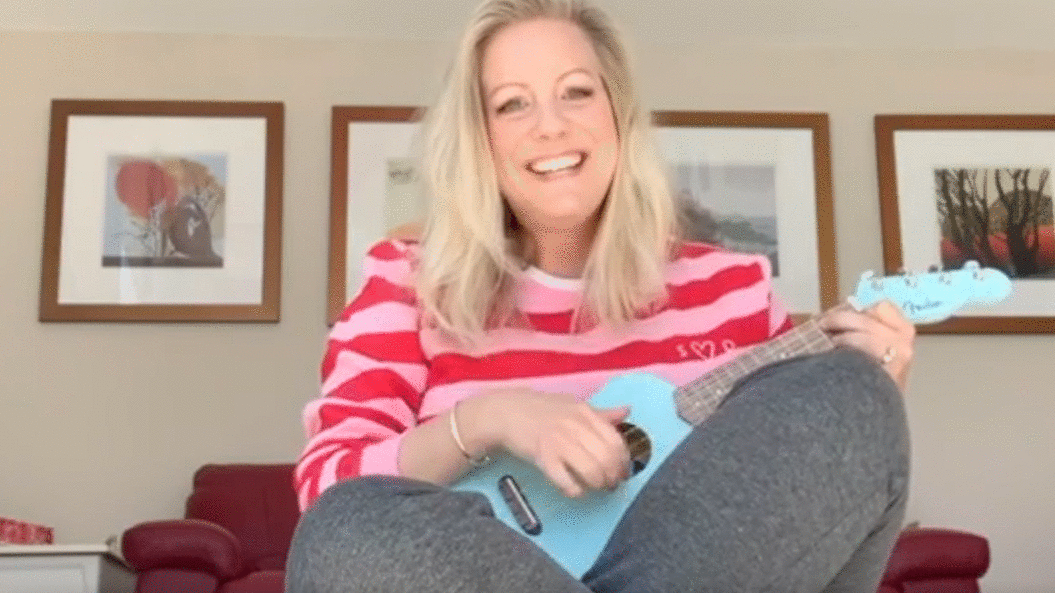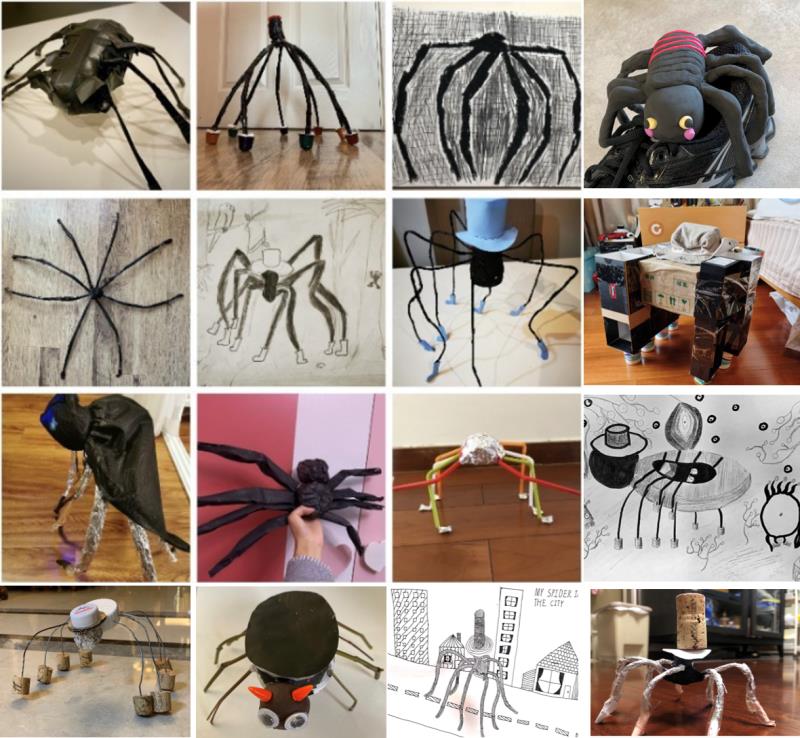
"Hiba Arts Announcement" presented by Dept. of Arts The ‘ping’ alert from my email inbox notifies me of another student submitting a video of their performing arts work for this past week. It’s a member of class 1E playing the role of a television reporter visiting Cinderella in her home. I watch and I smile. She is confident, looking directly into the camera, speaking clearly in English. In this 2-minute performance she demonstrates character understanding, an appreciation for the news report format required and a confidence that is almost startling. I am extremely proud. We’ve come a long way as an artistic community since January 2020. I think back to my first responses to organising our online arts learning provision (or, as I’ve fondly come to think of it, our time of being ‘together from afar’).

It’s a strange experience; facing the challenges of coordinating and delivering an arts curriculum virtually. The collaborative nature of performing arts, for example, means that teaching how to be part of an ensemble and honing group performance skills are an expected part of all lessons. My initial planning in performing arts needed to be focused on what our students could engage with practically at home as solo performers. How could we practically study play scenes or genres, for example, without fellow classmates?

The color wheel · artworks from Hiba pupils
But all convincing performance work is rooted in the individual’s response to and understanding of character and the individual’s capacity to express this character to communicate emotion/meaning to an audience. And what more perfect and willing an audience at this time than one’s own family. I knew, therefore, what I would produce for my students. Next, to consider how the students might respond… It’s perhaps a strange thing for some, to make art and be creative in a time that can feel isolating or claustrophobic, pressured, frustrating or even frightening. If we are frozen by our inflexibility or struck silent by our loneliness, creativity is an elusive prize. And yet, at Hiba, the arts staff team rallied speedily, ideas coming fast as to what to provide. They quickly busied themselves: preparing, making art, composing, writing, performing for our students from afar.

Suddenly, we found we weren’t struggling to create the content we planned together in the hope of inspiring our students.

Spider · artworks from Hiba pupils
Rather, we wanted to create for our students, and when our students wanted to create for us in response the results were brilliant. Back in October I was given the honour of delivering the flag-raising speech following the Hiba Arts Festival. In it, I posed the challenge to students of seeing art in the day-to-day and of gifting art to one another. As this online learning period began in January, students found opportunities each day to create art. The arts started to quietly thrive in the privacy of our Hiba families’ homes. And the arts teachers could not have been more delighted. Pushing out of our own comfort zones, arts staff have reached out to our students via Teams or iMovie tutorials or audio stories. We have made PPTs, videos, illustrated guidelines giving step-by-step instructions as to how to make headdresses, how to draw using 2-point perspective, how to follow musical theatre choreography.

We have encouraged an awareness of our everyday world through the study of man-made products in homes, characterisation study or plot analysis of Shakespeare’s tragedies.

Students have been guided through music theory exercises, taught how to learn harmony, body percussion, studied artists, been introduced to Commedia dell’arte, taught how to sculpt using everyday objects, how to make jewellery from newspaper and more! In return, we have received a modest but precious bounty of creative offerings from grade 1 – 7.

What our arts teachers have in common is the firm foundation of knowing how powerful the arts and creativity are to all.

Research from the university of Michigan notes that engaging in art promotes higher cognitive functioning in participants. Exposure to the arts for just two hours every week - even passive exposure - can drastically improve ones’ mental health and overall wellbeing as confirmed by worldwide research. Creative expression increases our ability to analyse and problem-solve in myriad ways.More immediately, in difficult times arts facilitators know that we can all rely on the arts to soothe fear or turmoil; energise lethargy; calm distorted thoughts; channel hope and resilience.

It is no surprise, therefore, that times such as these promote the uncovering of new or dormant talents. The responses of some of our Hiba families to our arts online provision has been humbling. Words of thanks for videos, praise for inventiveness, appreciation that students have been offered the opportunity to invent or design, sing, play, build or perform. It’s not enough, we feel, to simply say ‘well done’ or praise these students in private. So, in celebration of the creativity expressed by our Hiba School students, we launched this week the Hiba Arts Champions of 2020 competition. This is a call to encourage all our students to express themselves. It is also an occasion to celebrate engagement with the arts during this strange time apart. To honour those who have ‘championed’ the arts in various ways. To mark the efforts of those students who have consistently engaged with arts e-learning and/or keep expressing themselves and taking artistic risks. The creative process is valuable and vital.